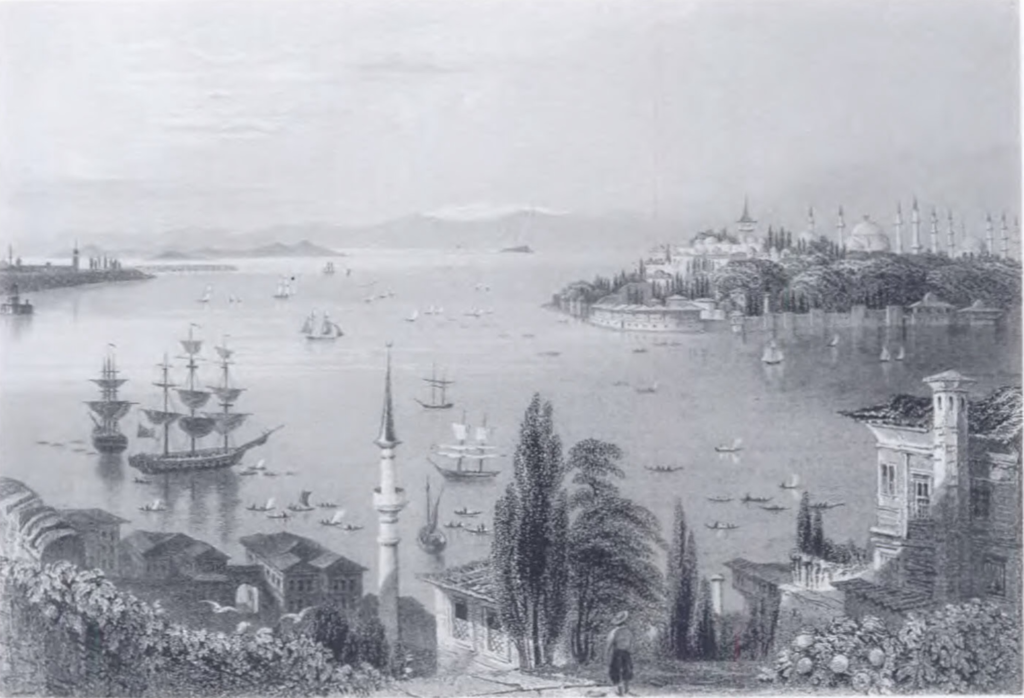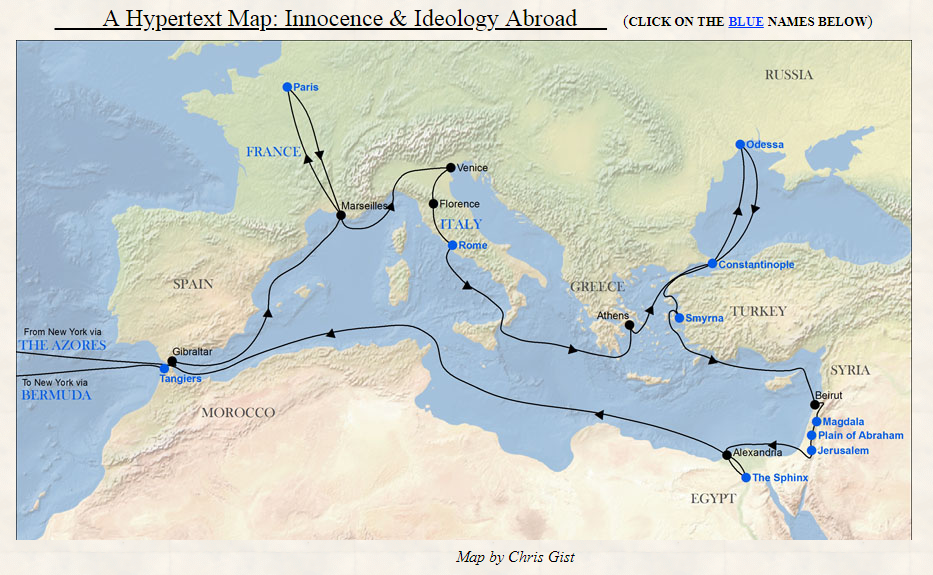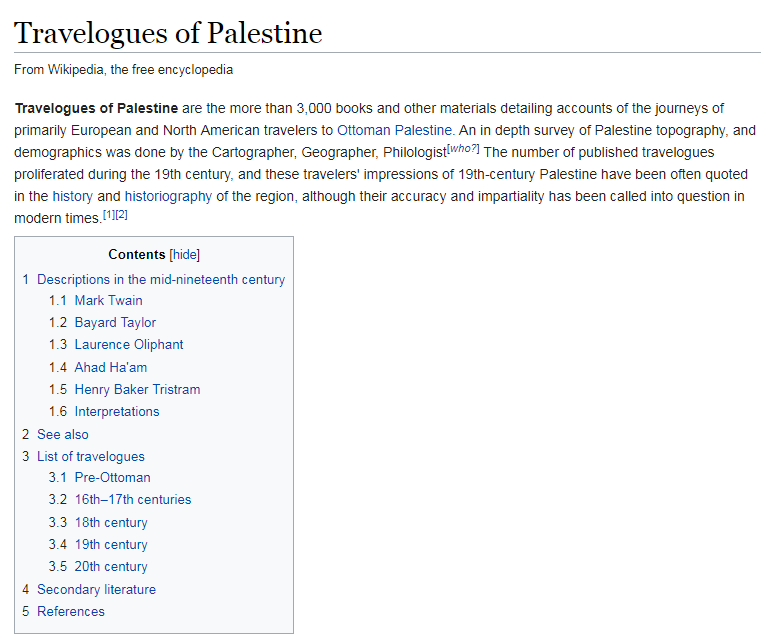
Our bibliography of travel accounts has currently more than 1,400 entries. It has thus already become a significant source of information for the genre. However, collecting the data is just a small step toward our final goal. We aim to build a totally accurate and reliable database for travelogues. We, therefore, keep on gathering, cleaning, and improving our data to reach this goal.
We obtain our metadata of travel accounts from the most reliable sources, namely the best research libraries in the world. However, the data coming from even the best databases (such as those of the HathiTrust and Princeton University Library) have various inaccuracies and inconsistencies. As a result, we need to inspect every single entry manually to check the information on authors, translators, editors, publishers, years and places of publication etc. One common problem that we come across, for example, is that when we download the metadata, translators and editors (and even sometimes publishers) are listed as authors. This inflates the number of travelogue writers, which is a serious problem for our purposes.
Another problem that we face is separating real travel accounts from “fake” or “quasi-” ones. We have detected several fictional travel accounts that are added to our bibliography through semi-automatic bibliography building processes. Moreover, there are reports and treatises on the Middle East that seem, at first sight, like results of personal experiences and observations in the region, yet in fact, are written without visiting the region. Such works, despite potentially valuable information that they may contain, do not fit our (rather wide) definition of a travel account. They, therefore, are taken out of our bibliography.
In short, through meticulous efforts in collecting and cleaning the data on the travelogues, we are building “the” most accurate and reliable database of travel accounts about the 19th-century Middle East.






